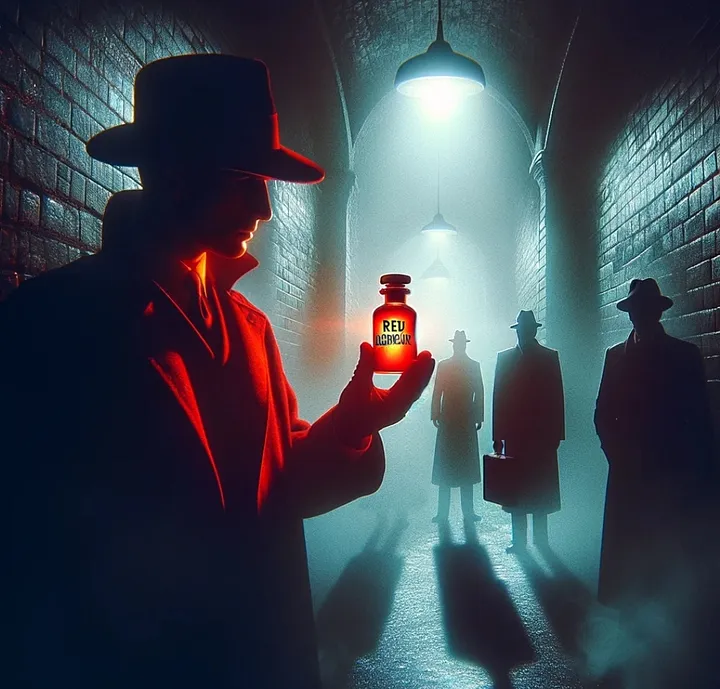In the realm of obscure and intriguing conspiracy theories, the tale of “Red Mercury” stands out for its blend of Cold War intrigue and scientific mystery. This article delves into the depths of this lesser-known conspiracy theory, unraveling its origins and implications.
The Mystery of Red Mercury Emerging in the early 1990s, amidst the collapse of the Soviet Union, the theory of Red Mercury ignited a wave of speculation and fear. According to various accounts, Red Mercury was a substance believed to be capable of triggering a nuclear explosion, potentially posing a catastrophic threat to global security. Despite the alarming nature of these claims, concrete evidence of Red Mercury’s existence remains elusive, leading many to question its reality.
Origins and Speculations The concept of Red Mercury reportedly emerged during a trial at the Old Bailey, described as a mythical substance with varying properties — sometimes radioactive, sometimes toxic, or perhaps entirely benign. Weighing about 10 pounds and no larger than a baseball, this alleged substance was shrouded in mystery, with conflicting descriptions fueling further speculation.
The Threat and the Hoax If Red Mercury were real and capable of initiating a nuclear explosion, its implications for global security would be profound. However, despite the grave concerns it raised, the existence of such a device or substance has never been confirmed. Not even figures like Osama bin Laden, known for their threats against the Western world, have claimed possession of Red Mercury.
Conclusion The story of Red Mercury serves as a testament to the power of conspiracy theories in shaping public perception and discourse. While the theory remains unproven, its impact on the collective imagination during a tumultuous period in history cannot be understated. Red Mercury — a hoax or a hidden threat? The answer continues to elude us.
References
- “10 Lesser Known Conspiracies You’ve Probably Never Heard Of” — Listverse.com.
- “10 Obscure Conspiracy Theories You’ve Never Heard Of” — WhatCulture.com.
- “Top 10 Obscure Conspiracy Theories” — Listverse.com.












